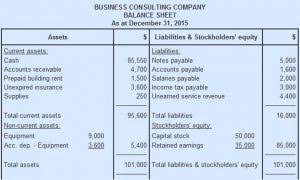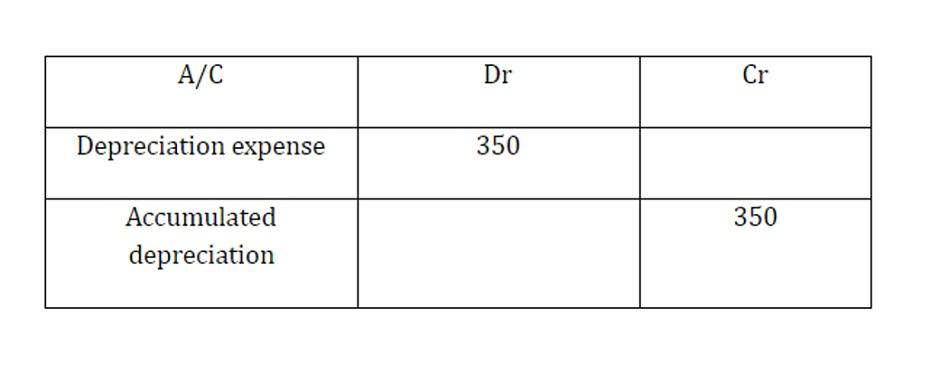
Get this – U.S. businesses carried $2,069.5 billion of inventory through July of 2021. That’s a 16.3% compared to 2020 when inventories were depleted during the early days of COVID. Further, business-to-sales ratio for inventory is 1.25, the lowest point since 2012 and reflective of the boom caused by pent-up which account is used with a periodic inventory system? demand. Since the periodic system involves fewer records and simpler calculation than the perpetual system, it is easier to implement. The simplicity also allows for the use of manual record keeping for small inventories. The general journal provides a simple, consistent format to present new information.
- Presumably (if the system is functioning properly and no one is stealing inventory) the accounting records at any moment in time will accurately reflect the stock in hand.
- As your product lines increase and more locations open, switching from periodic inventory to an automated perpetual inventory system may be worth it.
- This constant inventory tracking provides businesses with the advantage of always knowing which goods may be running low so that they can respond on time and avoid stock-outs or shortages.
- Since businesses often carry products in the thousands, performing a physical count can be difficult and time-consuming.
- Maintaining physical inventories can be costly because the process eats up time and manpower.
One of the main differences between these two types of inventory systems involves the companies that use them. Smaller businesses and those with low sales volumes may be better off using the periodic system. In these cases, inventories are small enough that they are easy to manage using manual counts. As a highly manual process, periodic inventory can be time-consuming and difficult to scale as a business grows. Performing an inventory count can also cause a bottleneck if it requires all products to be set aside for a significant amount of time. For businesses with a single location or few product lines, a periodic inventory system can do the job.
Periodic inventory formula
Under periodic inventory systems, only the sales return is recognized, but not the inventory condition entry. Notice that there is no particular need to divide the inventory account into a variety of subsets, such as raw materials, work-in-process, or finished goods. A periodic inventory system is a method of inventory valuation where the account is periodically updated.
Businesses only use cycle counting, also known as sampling, in a perpetual system. Because they cannot establish a baseline while using a periodic inventory system, they do not use cycle counting. In a periodic inventory system, you might manually keep track of your inventory.
What Is a Perpetual Inventory System?
This meant businesses that could have used perpetual inventory or sorely needed to were stuck using periodic measurements that adversely impacted long-term and medium-term business decisions over time. A periodic inventory system is best suited for smaller businesses that don’t keep too much https://www.bookstime.com/articles/mark-to-market-accounting stock in their inventory. It’s also far simpler to estimate the cost of goods sold over designated periods of time. Periodic inventory systems are valued for their simplicity, and all it takes is some time to physically count your starting inventory at scheduled intervals throughout the year.
- Computers and scanners may now be used to handle inventory monitoring systems.
- For instance, the financial and accounting departments depend on real-time inventory data.
- If you want to learn more about inventory accounting, and how to properly streamline your inventory management process, head over to our complete guide on inventory management.
- Smaller businesses and those with low sales volumes may be better off using the periodic system.
- In a big business, this account would have so many supplies it would be like accounting for each sip of water an employee took from the fountain.
A physical inventory count requires companies to do a manual “stock-check” of inventory to make sure what they have recorded on the books matches what they physically have in stock. Differences could occur due to mismanagement, shrinkage, damage, or outdated merchandise. Shrinkage is a term used when inventory or other assets disappear without an identifiable reason, such as theft.
What Is a Periodic Inventory System and How Does It Work?
Businesses value their stock using the FIFO (first-in, first-out) cost flow assumption. This assumption states that the first products placed in inventory are also the first items sold. Compared to a periodic inventory system, this form of inventory accounting offers a more precise and effective way to account for inventory. Here is a detailed explanation of how this kind of inventory system functions. Even by GAAP requirements, perpetual or periodic systems are suitable for any business. Because permanent systems are more timely, they are better suited to companies with significant sales volumes.

